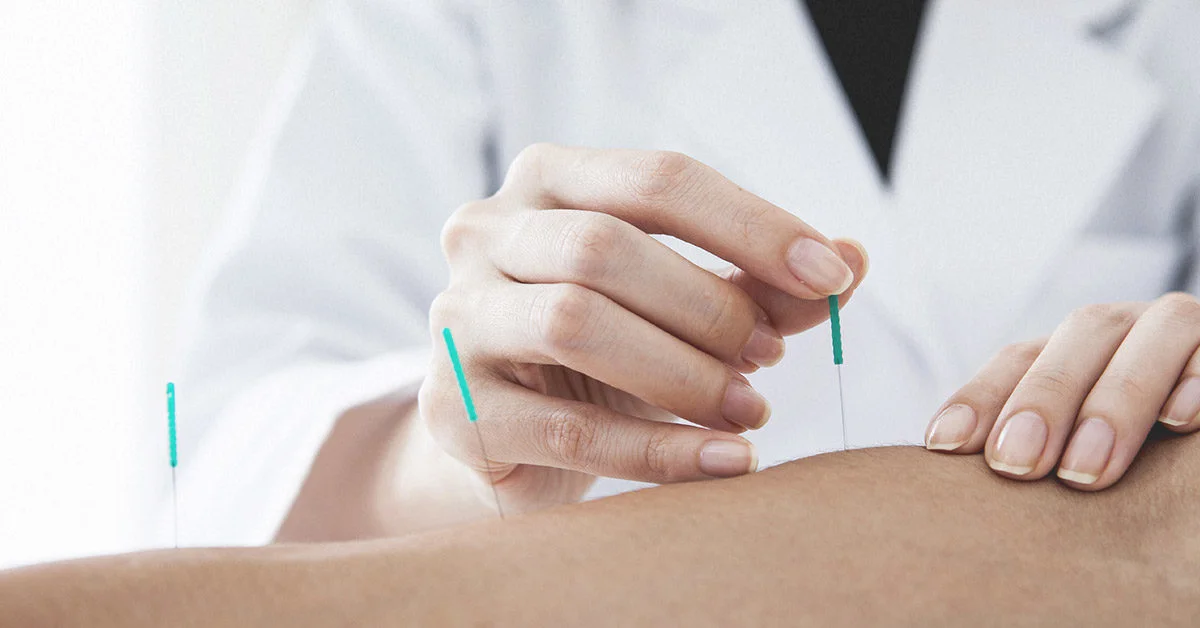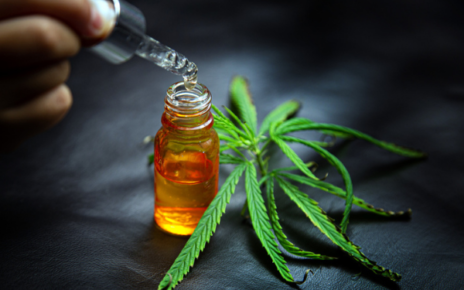Dry needling treatment is a form of physical therapy established by modern Western medical practitioners. Dry needling cures muscle discomfort by inserting fine stainless needles into well-defined sites inside the afflicted muscle. Without medicine, this precise intramuscular stimulation can be highly successful in encouraging healing, alleviating pain, and increasing the range of motion.
Patients who are sensitive to pain medication or whose pain levels have not improved despite numerous sessions of traditional physical therapy, rest, exercise, or surgery may find this therapy particularly appealing. Patients with chronic diseases resulting in constant discomfort use dry needling more frequently.
What distinguishes dry needling from acupuncture?
While related to ancient Chinese acupuncture, dry needling for treatments is fundamentally distinct. The fundamental philosophy underlying both methods is where they diverge.
China discovered acupuncture around 8,000 years ago. The approach is founded on the notion that life creates an unseen energy known as “chi” that flows through the body along specific paths known as “meridians.”
Acupuncturists believe that slowed or interrupted chi energy flows are the root cause of various diseases. By inserting needles into the intersections, or acupuncture points, chi will be released, energy flow will be restored, and pain and weakness will be cured.
Hundreds of acupuncture sites have been found during the millennia for this treatment. Traditional practitioners assert that acupuncture may effectively cure many diseases, extending beyond musculoskeletal conditions.
Dry needling, on the other hand, is based on current Western studies of anatomy, including the skeletal, muscular, and neurological systems of the human body. Dry needling in Singapore is often reserved for the treatment and management of musculoskeletal discomfort.
Although dry needling does not recognise the presence of chi or meridians, the many nerves, motor points, and trigger points identified as targets of dry needling generally correlate to the conventional map of acupuncture sites.
Effects of dry needling.
The physiological consequence of putting a needle into a patient’s skin, whether in quest of a concentration of chi or a neuromuscular/myofascial trigger point, will have the same effect on the body’s immune system:
- The needle causes a tiny puncture wound in the tissue.
- The wound generates inflammation at the affected area (characterised by redness, swelling, pain, and heat).
- Inflammation drives the body to increase the quantity of blood flowing to the injured site, enhancing the oxygen supply and accelerating the healing process.
When the dry needle is appropriately placed into the exact trigger site in the targeted muscle, it induces the local twitch response, which is the involuntary contraction of a band of taught muscle fibres inside the muscle. After this response has been activated, the following physiological advantages may occur:
- Reduced spontaneous electrical activity produced by treated muscles
- Reduction in the length-tension of muscle fibres
- Enhanced blood circulation and oxygenation





